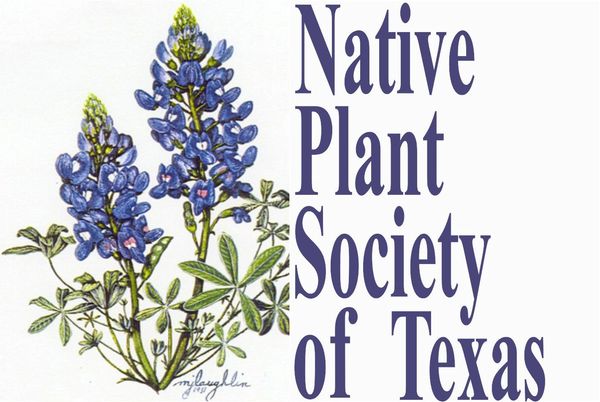Signed in as:
filler@godaddy.com
Signed in as:
filler@godaddy.com



Winter Preparations for Your Native Plant Garden
Support wildlife, protect your plants, and foster a resilient ecosystem for spring!
Key Steps for Winter Prep
For Birds: Food, Water, Shelter
Spring Cleanup:
· General Maintenance:
Remove dead/damaged growth from non-overwintering plants, compost spent stalks, and weed garden beds.
· Removing leaves:
Wait until late spring (after consistent warm temperatures) to remove leaves, allowing insects time to emerge.
· Trees & Shrubs:
Water well in fall; protect trunks from sunscald and animal damage. Use wire cages to prevent deer-rub.
· Pruning:
Prune only when plants are fully dormant; remove dead or broken branches.



An exciting journey has begun as we celebrate the groundbreaking ceremony at the Salado ISD Administration building of the Earth Science Native Plant Gardens. Braving the chances of rain Tonkawa Chapter members along with sponsors, dignitaries, Salado School officials including Dr Novotny, Dr. Ted Smith and Salado Village Mayor Bert Henry and two Salado School students helped in the "turning over of the soil". What a joy it will be to watch as these teaching gardens grow.



We are a group of individuals interested in preserving the natural flora and fauna of the beautiful state of Texas. Our membership is a very diverse group comprised of professional botanists, a physicist, business people, retired couples, families with children and young singles. We encourage the use of native plants at every oppo
We are a group of individuals interested in preserving the natural flora and fauna of the beautiful state of Texas. Our membership is a very diverse group comprised of professional botanists, a physicist, business people, retired couples, families with children and young singles. We encourage the use of native plants at every opportunity and hold classes and seminars to further our endeavors.
The threat to our native wildlife due to habitat loss and chemical abuse is a danger that cannot be ignored. Our fresh water resources are at risk from agriculture, manufacturing and oil & gas. Our goal is to rescue endangered and native plants whenever possible, encourage the reintroduction of native plants into the ecosystem & to educate the populace as to the value of a natural environment.

Most Central Texas native plants are naturally drought-tolerant, resistant to pests and diseases, require less fertilizing and pesticides, and are an important sources of food for wildlife including bees, butterflies, & birds out natural pollinator's.
For a complete list of native plants please go to http://www.austintexas.gov/departm
Most Central Texas native plants are naturally drought-tolerant, resistant to pests and diseases, require less fertilizing and pesticides, and are an important sources of food for wildlife including bees, butterflies, & birds out natural pollinator's.
For a complete list of native plants please go to http://www.austintexas.gov/department/grow-green Guide to Central Texas plants. "Grow Green is a gardening education program that promotes sustainable landscaping practices. It addresses water quality and conservation, recycling, and an Integrated Pest Management philosophy, which encourages the least-toxic way to address pest issues" or www.wildflower.org the website of the Lady Bird Johnson Wildflower Center / The University of Texas at Austin.

Hummingbirds, bats, bees, beetles, butterflies, and flies are hard-working animals helping to pollinate over 75% of our flowering plants, and nearly 75% of our crops. They carry pollen from one plant to another as they collect nectar. Without them, wildlife would have fewer nutritious berries and seeds, and we would miss many fruits
Hummingbirds, bats, bees, beetles, butterflies, and flies are hard-working animals helping to pollinate over 75% of our flowering plants, and nearly 75% of our crops. They carry pollen from one plant to another as they collect nectar. Without them, wildlife would have fewer nutritious berries and seeds, and we would miss many fruits, vegetables, and nuts, such as blueberries, squash, and almonds to name a few.
They play a crucial role in flowering plant reproduction and in the production of most fruits and vegetables. Without the assistance of pollinator's, most plants cannot produce fruits and seeds. The fruits and seeds of flowering plants are an important food source for people and wildlife. Some of the seeds that are not eaten will eventually produce new plants, helping to maintain the plant population.